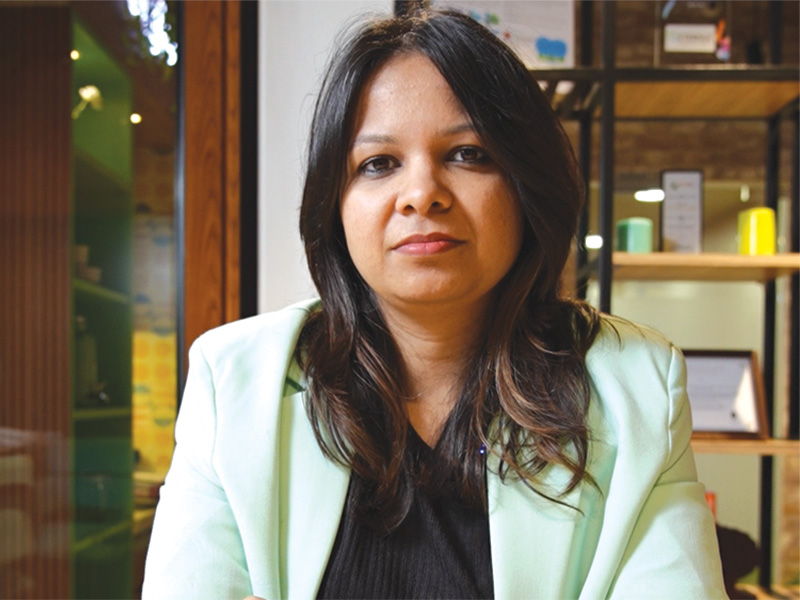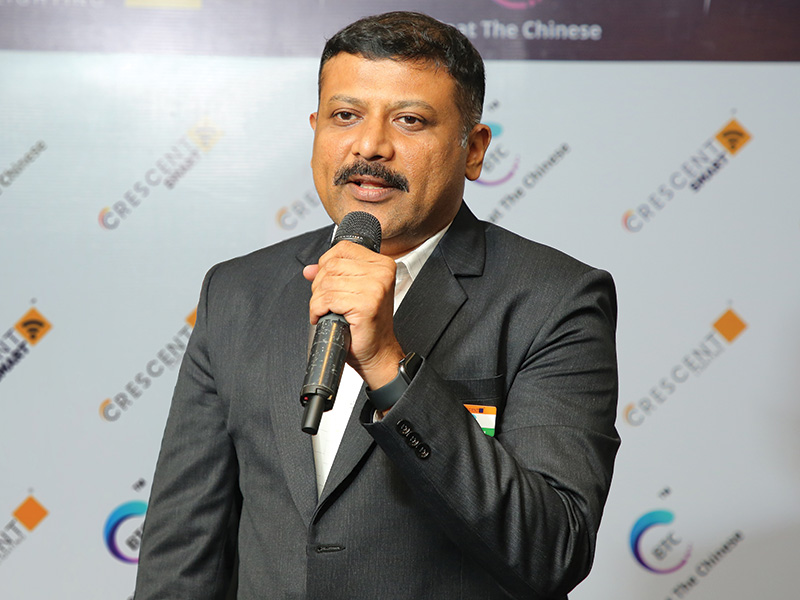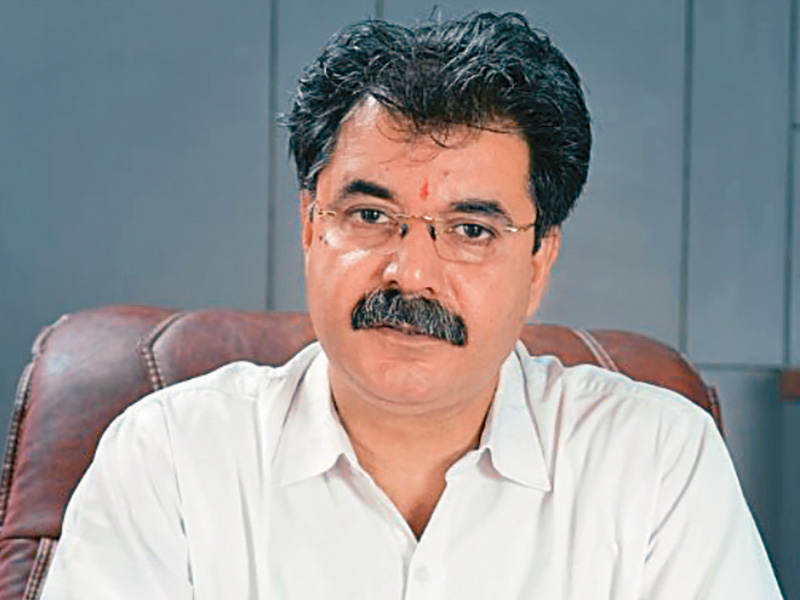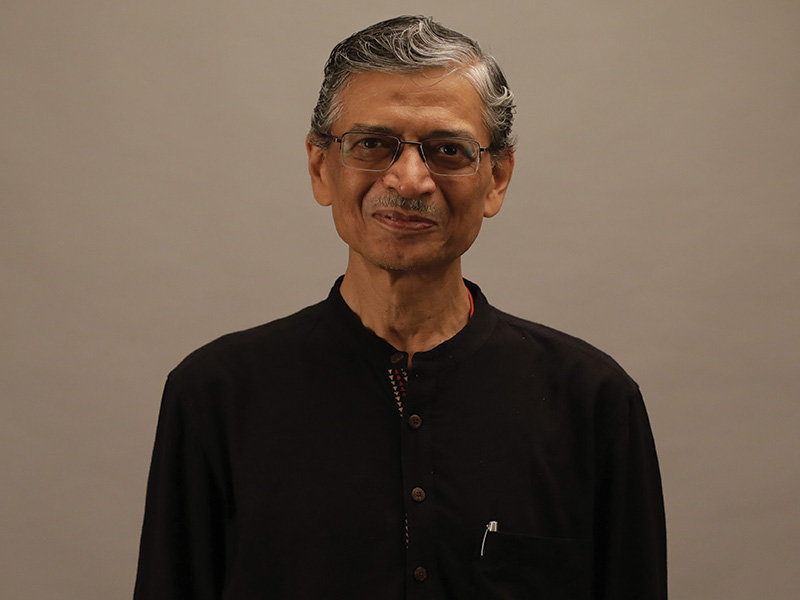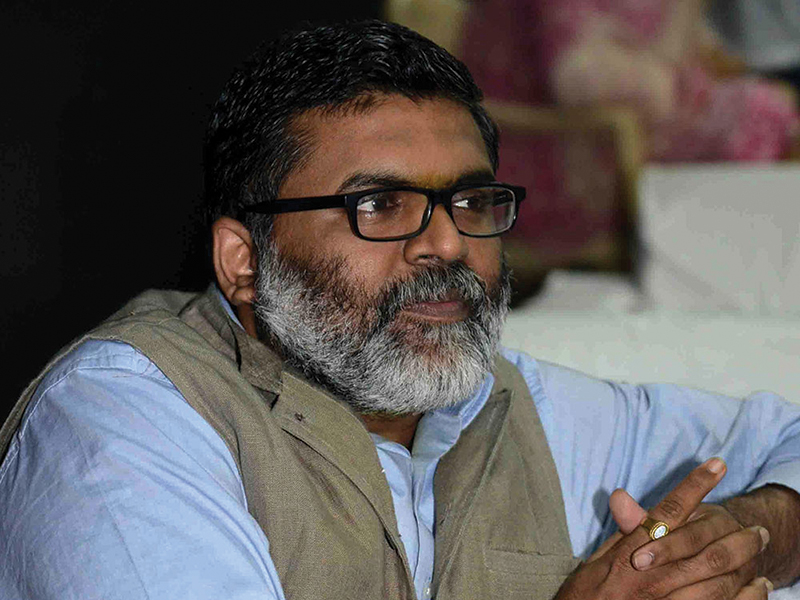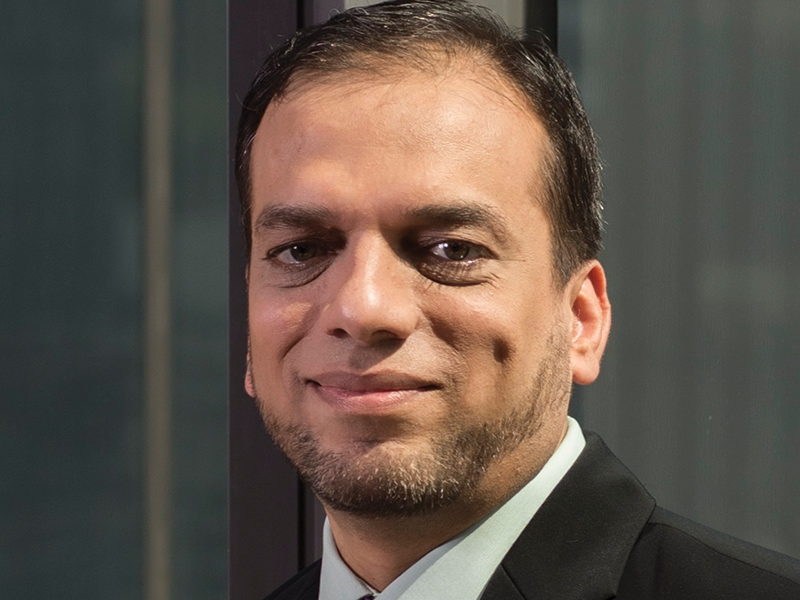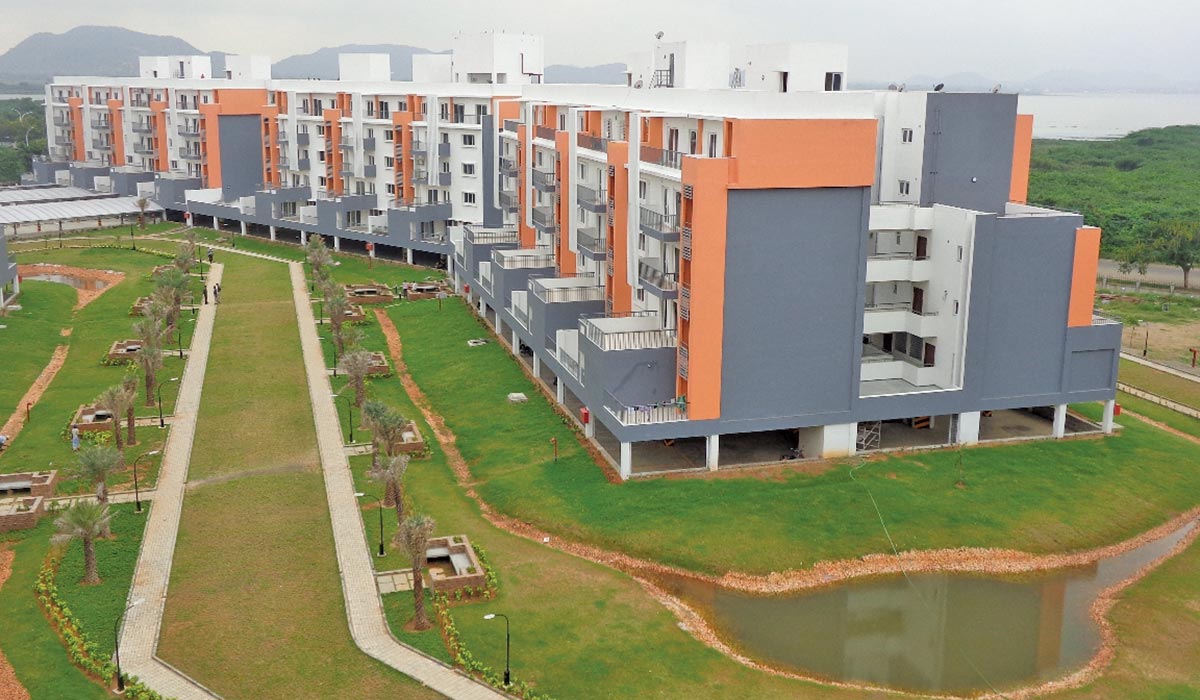
How can town planners, real estate developers and other stakeholders attempt to achieve sustainable urbanization across Indian cities?
About 68% of the world's population is projected to live in urban areas by 2050, resulting in significant impact on economic and social activities, and the infrastructural and environmental aspects of cities. Accelerating urbanisation poses crucial challenges worldwide, not only in the management of precious natural resources, but also to infrastructure development; housing supply; provisioning of healthcare and sanitation services; and education and job creation, among others.
In October 2016, the United Nations at its Habitat III conference announced the adoption of a 'New Urban Agenda' - one which represented a shared vision for a more sustainable future – in which all people have equal rights and access to the benefits and opportunities that cities can offer, and the international community reconsiders the urban systems and physical form of our urban spaces to achieve this. In other words, this Agenda seeks to readdress the way cities and human settlements across the world are planned, designed, financed, developed and governed. It cites the need for cities to drive sustained, inclusive, and sustainable growth that fosters socio-economic resilience and is in harmony with the environment – the bedrock of 'Sustainable Urbanisation'.
What are the challenges in India?
As per UN estimates, India will have added approximately 416 million urban dwellers by 2050. When it comes to urban development in India, we appear to be at a unique inflection point. The status quo is defined by a juxtaposition of accelerating urbanisation and poverty; new planning visions and development challenges; waning resources and growing energy demands; and technological advances and inadequate infrastructure. Our cities are also responsible for the consumption of energy and natural resources, and for GHG emissions. Overpopulation, inadequate housing, unplanned urban sprawl and lack of employment are just some of the challenges facing India's urban agglomerations.
However, there is good news. With significant portions of our future built environment yet to take shape, there is substantial scope to plan our cities and towns such that they are economically vibrant, environmentally responsive and socially inclusive. In fact, historically, cities have time and again demonstrated that they can also be sites of innovation, environmental resilience and preparedness, commerce, research and cultural growth. If planned well, urbanisation need not be decoupled from resource efficiency, or environmental and socio-economic responsiveness. This forms the foundation of our approach to urbanisation.
With significant portions of our future built environment yet to take shape, there is substantial scope to plan our cities and towns such that they are economically vibrant, environmentally responsive and socially inclusive
Vaibhav Jambhekar
What initiatives is Mahindra Lifespaces taking towards creating a sustainable environment?
At Mahindra Lifespaces, we believe that urbanisation in India must embrace social, economic and environmental progress in equal measure. In other words, sustainable urbanisation for us encompasses People, Planet and Profit. In doing so, not only can we address present-day urban issues, but can also secure a prosperous and harmonious future for forthcoming generations.
We are focused on developing ecosystems that create a positive impact across stakeholders of urban development. This encompasses multiple stakeholder groups:
- Customers: Green homes that enable healthy and balanced living in vibrant communities; planned, environment friendly, integrated cities that enable 'Livelihood, Living and Life' (Mahindra World City); Industrial Clusters (ORIGINS by Mahindra World City) that empower businesses and enable faster go-to-market and improved focus on core business areas.
- Employees: Employee-friendly work environment that encourages innovation, alternative thinking and accepting no limits. EHS focus at construction sites.
- Vendors/partners/suppliers: Institutionalize sustainable development practices in the value chain (workshops, knowledge fora, monitoring mechanism of carbon and water footprint for top suppliers, etc.)
- Peers, policy makers, thought leaders: MLDL is putting its organisational weight behind rapid capacity building. Collaborations, institutionalizing best practices, knowledge sharing are focus areas: A first-of-its-kind, voluntary, private sector-led initiative, the Sustainable Housing Leadership Consortium (SHLC), is working towards mainstreaming green homes in India. The aim is for at least 20% of India's new housing developments to be green by 2022. Led by the private sector, Mahindra Lifespace Developers Limited is the founding member of the consortium including other leading real-estate developers.
Our initiatives involve engagement programs, skill upgradation, CSR, etc with local communities and residents; Affordable Housing via the 'Happinest' brand to cater to the emerging Indian middle class; awareness drives such as the 'Green Army' for inculcating green and sustainable living habits such as energy conservation, preservation of water and natural resources by recycling/ reusing materials and reducing waste.
We are constantly working towards reducing the environmental footprint of our developments and those of the larger supply chain through adoption of sustainable technologies. All our projects are resource conscious with focus on reduction in energy and GHG intensity, water efficiency, renewable energy, waste management and biodiversity management across developments.
Please give some examples of Mahindra's green projects.
Mahindra World City in Jaipur is Asia's first project to have received Climate Positive Development Stage 2 certification from the C40 Cities Climate Leadership Group (C40). Mahindra World City in Chennai is India's first IGBC Gold (Stage 1) certified Green Township and home to corporate India's first operational SEZ. It is also India's first food-waste free city (bio – CNG plant).
Our development footprint currently spans 23 million sq.ft. of completed, ongoing and forthcoming residential projects across seven cities; and more than 4960 acres of ongoing and forthcoming projects under development/management at our integrated developments (Mahindra World City)/Industrial Clusters (ORIGINS by Mahindra World City) in four cities.
We believe that if developed sustainably, cities have the potential to be places where high living standards can be delinked from unsustainable levels of consumption of all three types of resources - environmental, financial and human.
What lifestyle changes is Mahindra Lifespaces initiating through its projects' design and construction?
Our design and construction philosophy is closely aligned to our credos of 'Joyful Homecomings' for our customers across the project lifecycle. As one of India's first green homes developers, we adopted green construction practices across our projects since 2006. All our developments – be they residential projects or industrial clusters, incorporate green architecture, environment-friendly building materials and a sustainable supply chain. We are continually evaluating ways to conserve scarce natural resources, keeping in mind the local context – for example, reducing and replacing river sand in construction; converting food waste to bio-fuel; as also through the development of cities that are focusing on a zero-carbon roadmap.
A green home can have tremendous benefits, both tangible and intangible. During a building's lifecycle, the immediate and most tangible benefit is water reduction and lower energy costs. For example, simple design tweaks such as daylighting can lead to huge savings in energy consumption. Enlarging or reconfiguration of windows can lower energy consumption on cooling.
Tangible benefits are energy savings of 20 - 30% and water savings of 30 - 50% and intangible benefits are enhanced air quality, day lighting, health and well-being of occupants, conservation of national resources, and enhanced marketability for the project
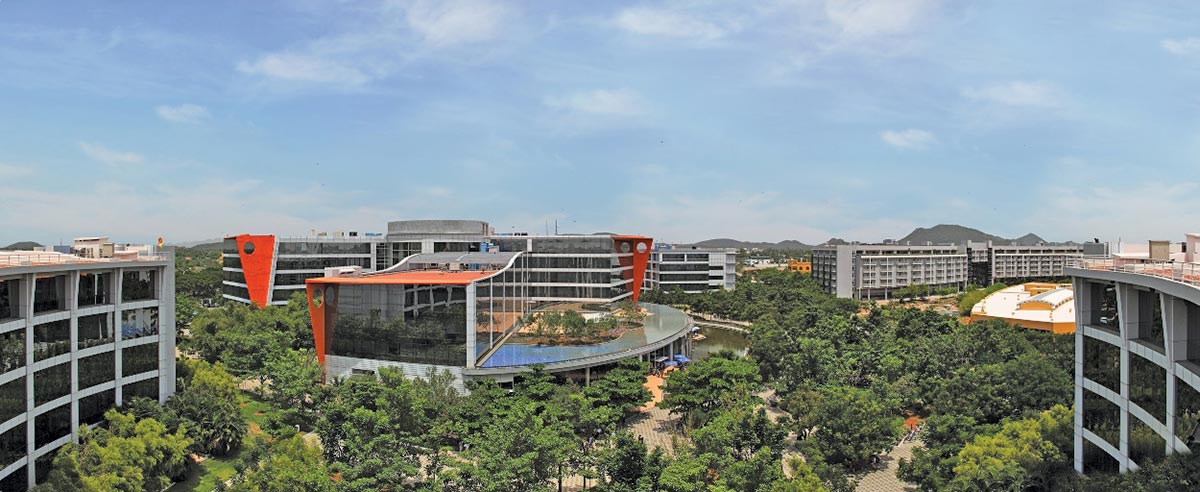
Is it possible to have hi-tech modern amenities simultaneously, and how can their adverse environmental impact be diluted?
Sustainability isn't merely a choice but a responsibility towards future generations. It entails adapting to diverse geographies and hyper-local conditions; and balancing present needs with those of the future. Technological innovation can be effectively leveraged to meet modern urban needs while also ensuring positive environmental impact. The aforementioned bio-CNG plant is an apt example of long-term urban planning that enables last-mile connectivity via a healthy, affordable and evolved mode of transport!
Mahindra World City, Chennai, has introduced a cycle sharing service to facilitate convenient and healthy rides around the integrated city. About 200 GPS-tracked PEDL bicycles have been deployed which provide last-mile connectivity thereby ensuring optimal air quality via reduced emissions. Mahindra World City, Jaipur, has e-rickshaws running as part of a pilot project for last mile connectivity of bus transport. Also, approx. 10,000 trees have been planted inside MWCJ campus and 40,000 trees in rural areas around the campus.



